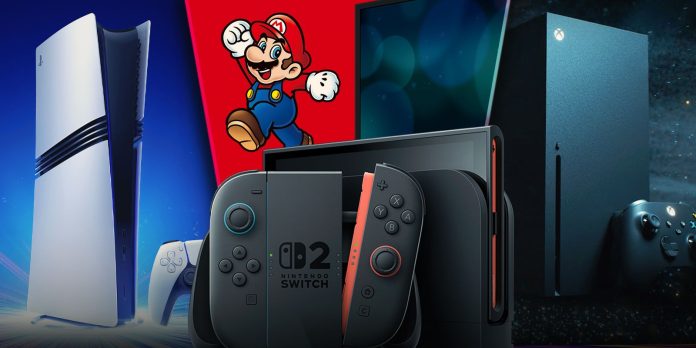Comparing video games from before the twenty-first century to those from after is like comparing apples to oranges. A 2D title from the 1980s is worlds apart from a 3D game from the 2020s, with little synergy between the two. Much of this shift is due to rapid advancements in technology, particularly in console development.
Modern systems like the Nintendo Switch and Xbox Series X/S enable games that are larger, more complex, and more visually impressive than ever before. These consoles mark a significant leap forward and deserve more than a passing mention. There’s plenty to love about retro consoles, but modern gaming also has a lot to offer.
Nintendo’s Wii Was the Most Successful Console of Its Generation
|
Console |
Launched |
Sales (Units) |
|
Nintendo Wii |
Nov. 19, 2006 |
101.63 million |
The Wii marked Nintendo’s successful return in the realm of home video game consoles, a space they had largely ceded to Sony’s PlayStation and Microsoft’s Xbox by that point. Though technically little more than a slightly upgraded GameCube, the Wii became renowned for pioneering motion controls, with its signature Wii Remote serving as both a motion sensor and the console’s primary controller.
The motion control gimmick helped to elevate the Wii to become the best-selling video game console of its generation, with the console’s many first-party titles, especially Wii Sports, expertly demonstrating the gimmick. That said, there are a few things dragging the Wii down, like the lack of quality third-party titles and the fact that it was essentially an overclocked GameCube rather than a true leap in hardware.
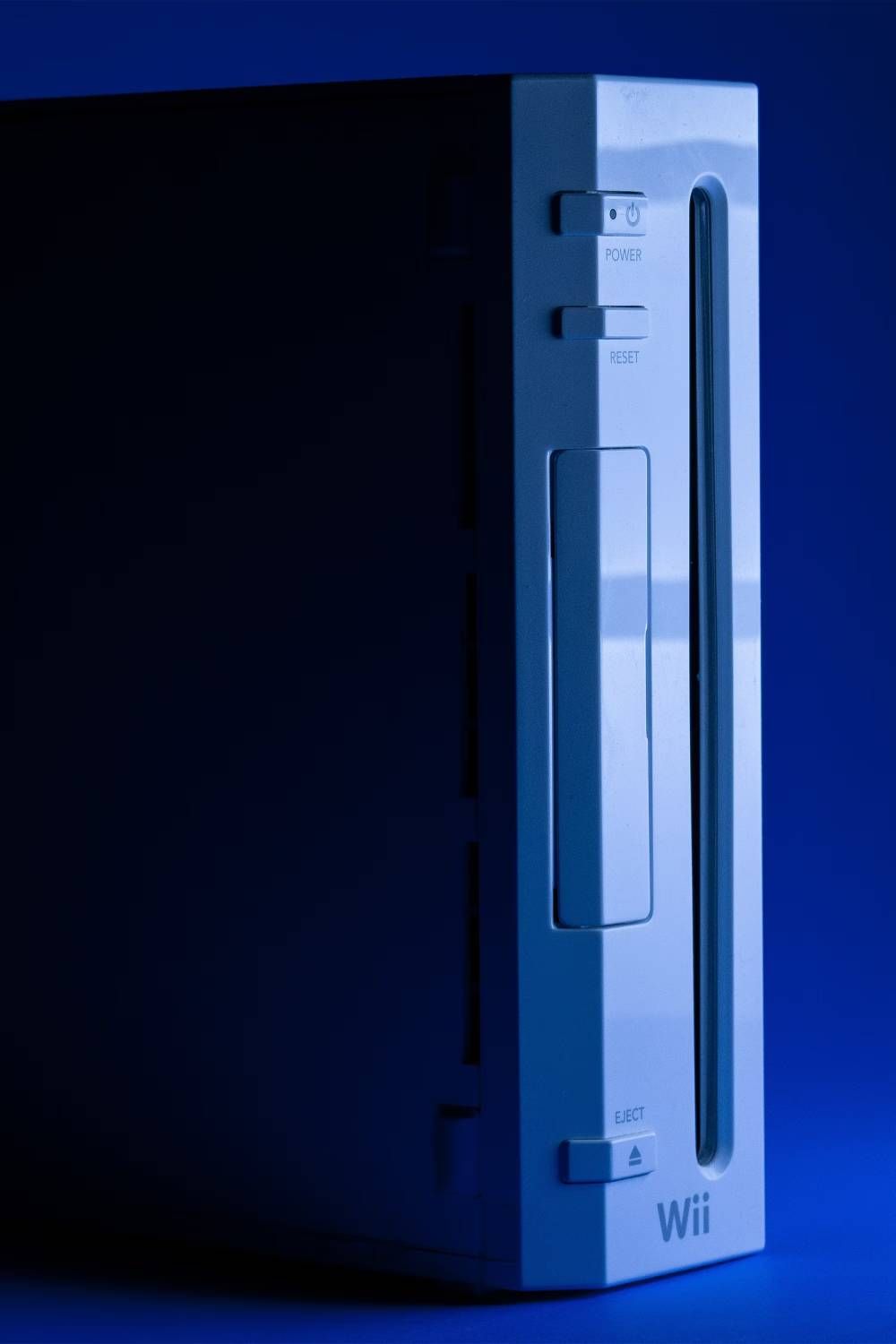
- Brand
- Nintendo
- Original Release Date
- November 19, 2006
- Original MSRP (USD)
- $249.99
- Operating System
- Proprietary
9 The Xbox One Was Meant to Be One
Microsoft’s Third Console Tried to Be Everything at Once

The Xbox One was Microsoft’s third effort in the home console market, following the success of the Xbox 360. It was designed not just as a video game system, but as a full entertainment hub, an idea that began with the Xbox 360. The console was intended to handle physical media, streaming services, and more, aiming to be the centerpiece of the living room.
|
Console |
Launched |
Sales (Units) |
|
Microsoft Xbox One |
Nov. 22, 2013 |
58 million |
Of course, with the excitement around the Xbox One doing everything everyone wanted, both the console and its user base somewhat lost sight of its core purpose as a video game system. As a result, unlike the Xbox 360, the Xbox One ended up with a library dominated by strong third-party and multiplatform titles but lacked compelling first-party games, something that hurt the Xbox brand’s prestige. Its initially botched reveal didn’t help matters either.
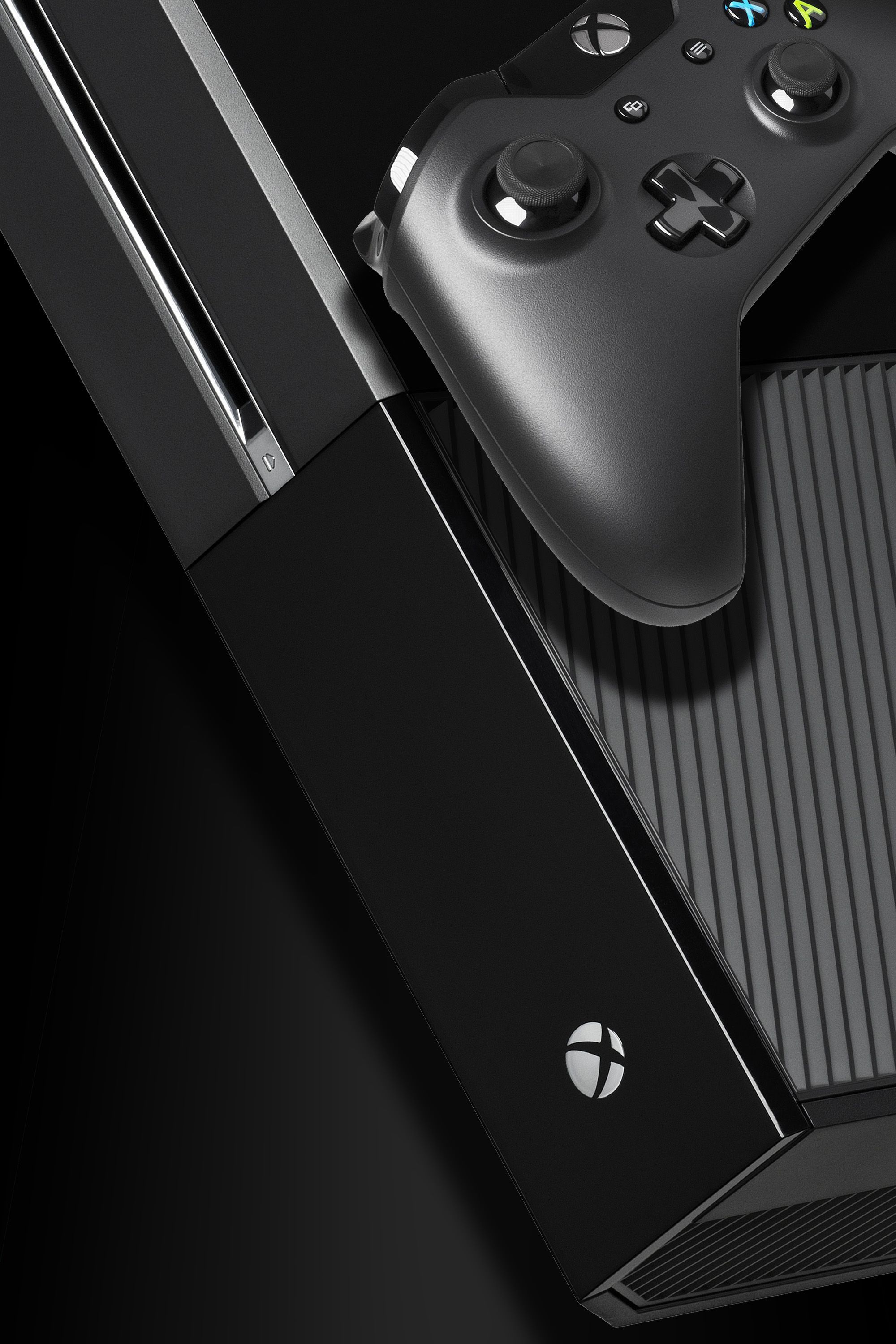
8 The Xbox Series X/S Tried Catering to Choice
Microsoft Let Players Choose Between a Physical Past and a Digital Future

The Xbox Series X/S is Microsoft’s fourth and latest entry in the console market, though it may not appear like a traditional video game console at first glance. It comes in two distinct variants: the Xbox Series X and Xbox Series S. The Series X is the more powerful model and supports physical discs, while the Series S is less powerful and digital-only. To make up for this, Microsoft strongly emphasizes Xbox Game Pass, a subscription service that allows users to download and play games.
|
Console |
Launched |
Sales (Units) |
|
Microsoft Xbox Series X/S |
Nov. 10, 2010 |
28.3 million |
Game Pass is easily the most recognizable feature of the Xbox Series X/S, as the console’s portmanteau name doesn’t do much to highlight what is currently the most powerful video game system on the market. As with its predecessor, the Xbox Series X/S excels in third-party support but continues to struggle with a lackluster first-party lineup, a problem made worse by some games not being available on disc at all.
Xbox Series X/S
7 The PlayStation 3 Found Its Mojo in the End
The PS3 Had a Seriously Rough Start
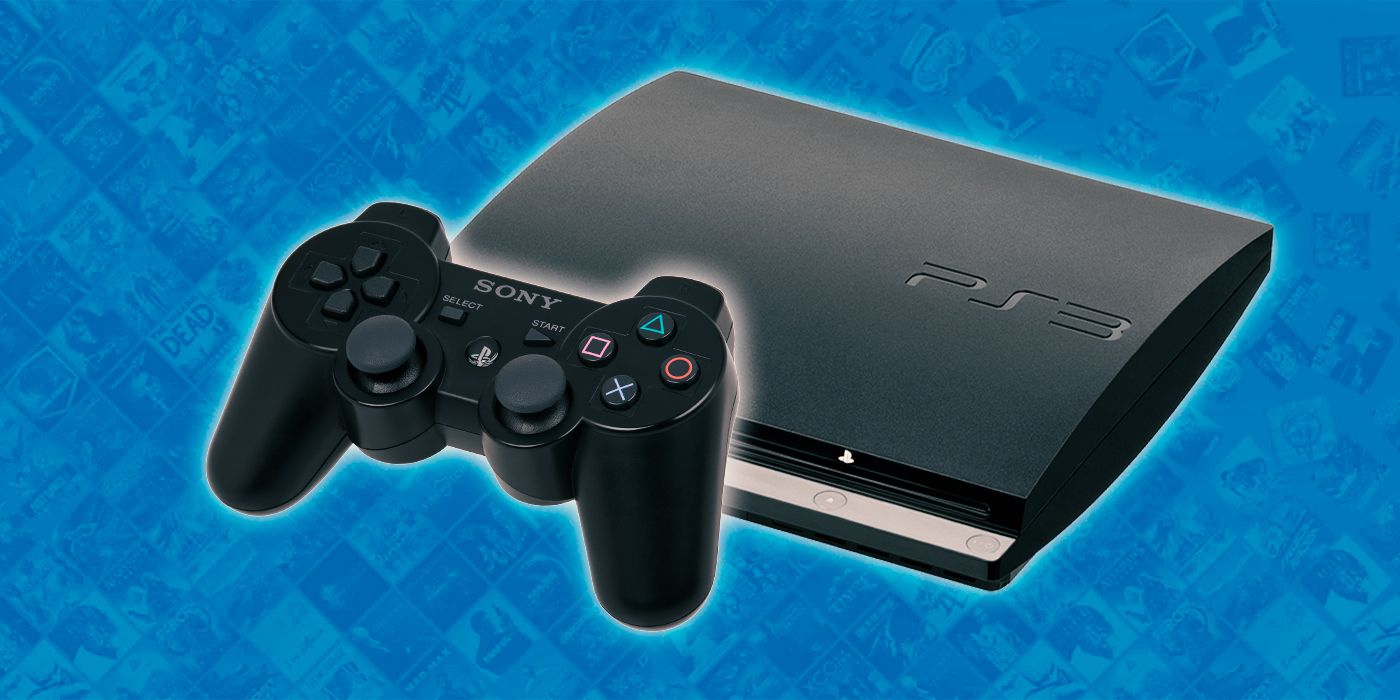
|
Console |
Launched |
Sales (Units) |
|
Sony PlayStation 3 |
Nov. 17, 2006 |
87.4 million |
The PlayStation 3 was Sony’s follow-up to the enormously successful PlayStation 2, which itself followed the equally successful PS1. With this string of hits, Sony had little reason not to position the PS3 as more than just a video game console. The original model included features like multiple card readers and Super Audio CD support, reflecting Sony’s ambition to make it a full multimedia device.
Unfortunately for Sony, many saw these features as unnecessary bloat, and when combined with poor documentation of the console’s hardware, the PS3 proved unappealing to many gamers at launch. Thankfully, it found its footing later in its life, with high-profile titles like The Last of Us helping to define the PS3 as a premium gaming platform. Still, it could’ve performed much better early on.
6 The Xbox Was the Pre-Modern Video Game Console
The Original Xbox Revolutionized Gaming in Many Ways
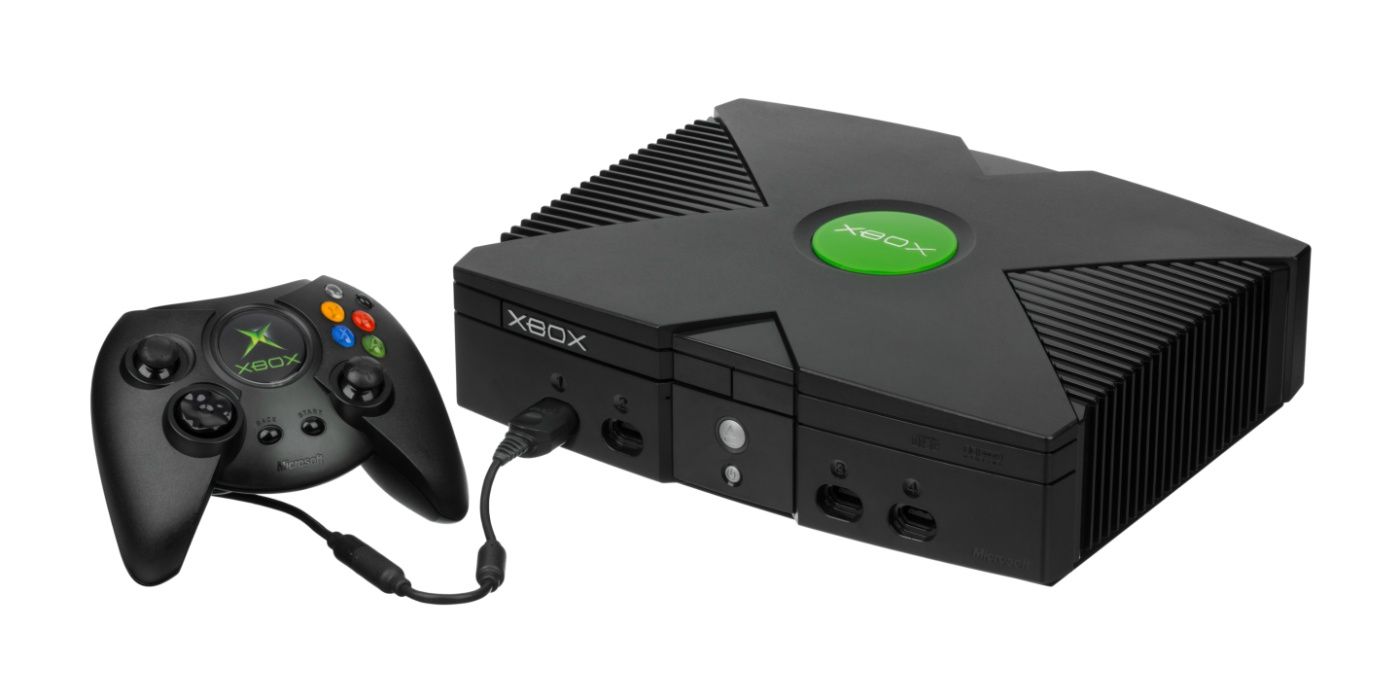
The Xbox marked Microsoft’s entry into the home video game console market. It can be more accurately described as a pre-modern console, a transitional point between early, more basic 3D systems like the Nintendo 64 and later, more refined hardware like the PlayStation 3. In terms of design and capabilities, the original Xbox sits close to its successor, the Xbox 360.
|
Console |
Launched |
Sales (Units) |
|
Microsoft Xbox |
Nov. 15, 2001 |
24 million |
It goes without saying that the Xbox was remarkably advanced for its time. The console featured a powerful processor and graphics chip, both lifted from contemporary personal computers, which gave it an edge in running multiplatform titles. More importantly, the Xbox pioneered online console gaming with the unified Xbox Live service, which was supported by key titles like Halo 2.
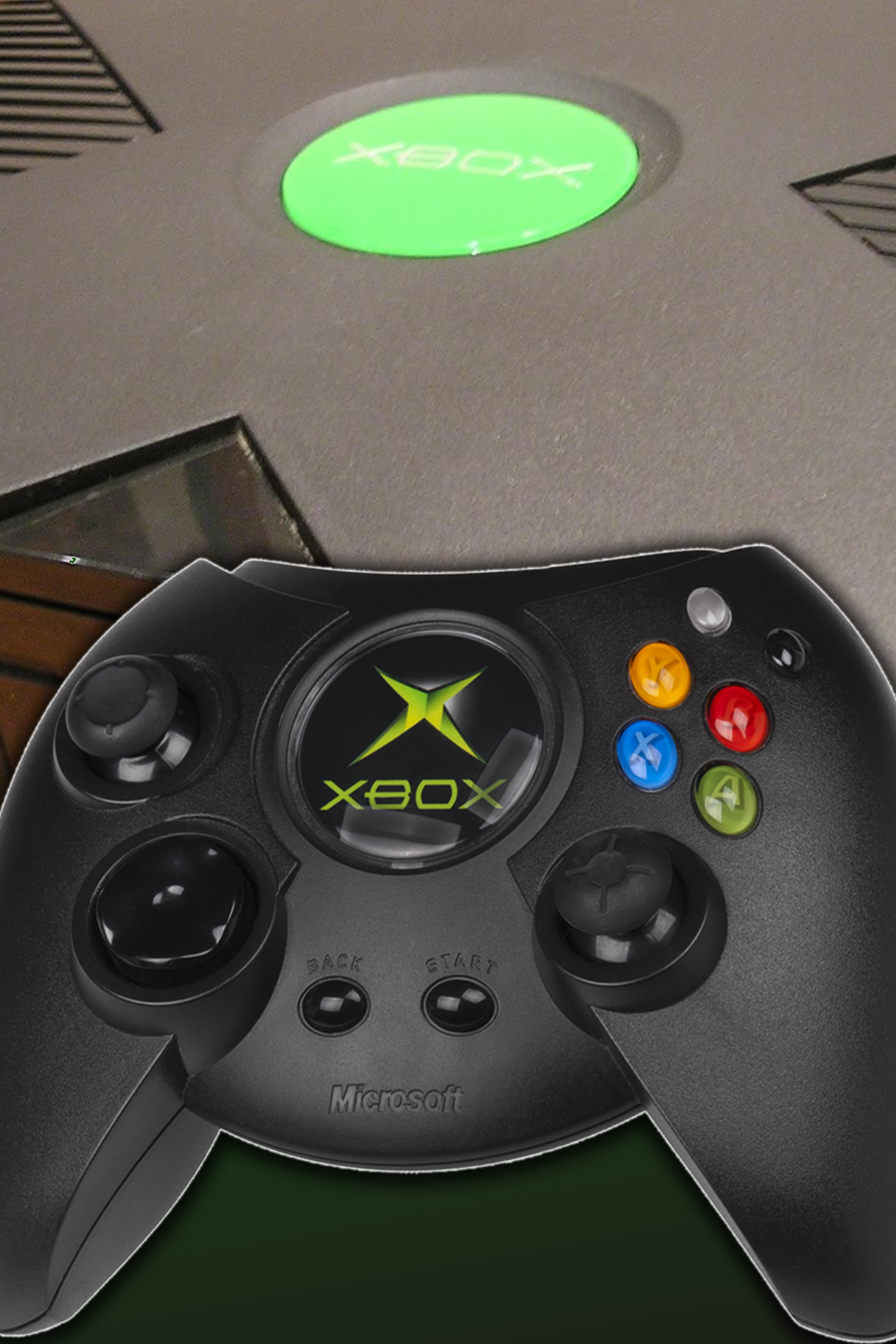
5 The Xbox 360 Came Full Circle
People Loved the 360 Despite the Red Ring of Death
The Xbox 360 was Microsoft’s follow-up to their fledgling original Xbox and became the most successful console in the Xbox line. Part of its success came from launching a year ahead of its competition, giving it a strong early lead. The Xbox 360 featured a solid lineup of first-party titles and consistently better third-party support. Even later in its life, multiplatform games often performed better on the Xbox 360 than on the PlayStation 3.
|
Console |
Launched |
Sales (Units) |
|
Microsoft Xbox 360 |
Nov. 22, 2005 |
84 million |
Outside of being stronger hardware-wise, the Xbox 360 stood out as a gamer’s console, especially in the context of the 2000s gaming scene. Xbox Live was at its peak during this era, offering smooth online play and a connected experience that set a new standard. On top of that, Xbox Live Arcade carved out its own space, delivering a steady stream of high-quality digital titles that gave the platform even more appeal.
4 The PlayStation 4 Was Made for Gamers
The PlayStation Brand Got Its Mojo Back With This Console
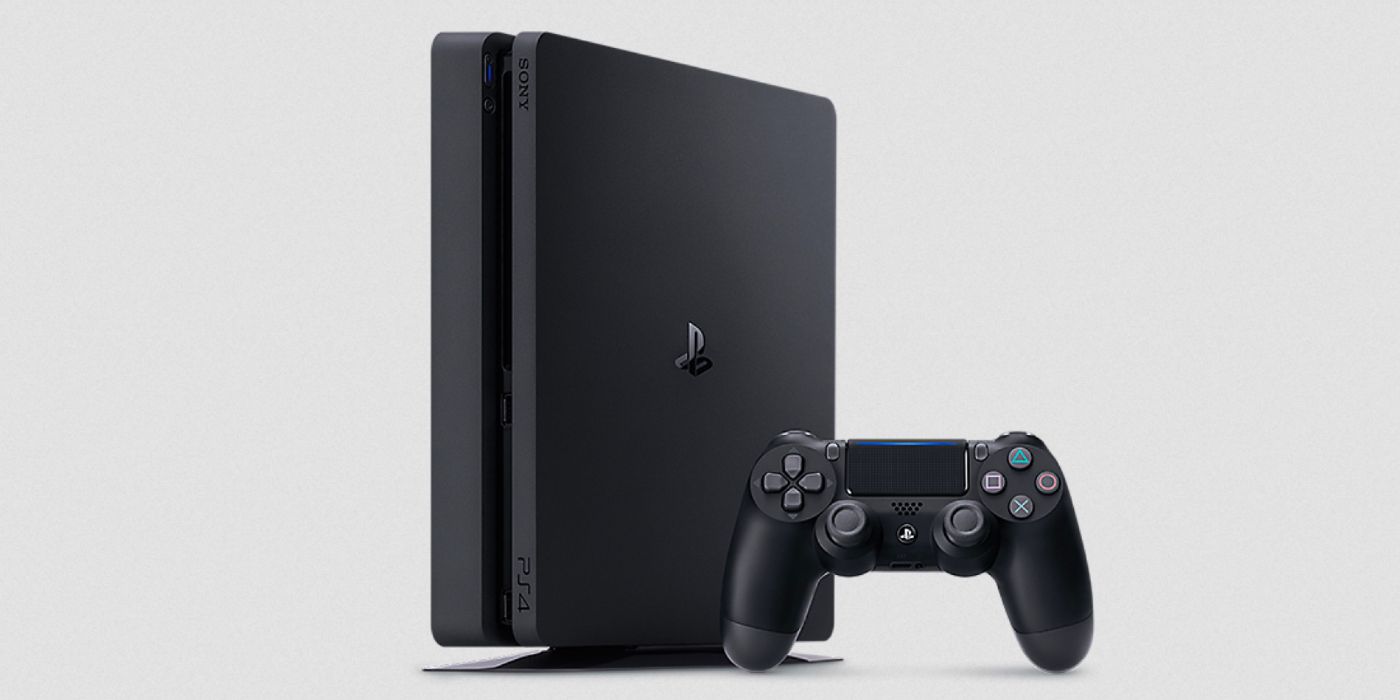
|
Console |
Launched |
Sales (Units) |
|
Sony PlayStation 4 |
Nov. 15, 2013 |
113.5 million |
The PlayStation 4 succeeded the so-so PlayStation 3 and marked a clear comeback for the PlayStation brand after the latter’s slow rise. In contrast, the Xbox One failed to gain strong momentum, and Nintendo struggled with the Wii U. As a result, the PS4 was able to flourish throughout much of the 2010s, becoming the dominant console of its generation.
While not necessarily as powerful as its main competitor, the Xbox One, the PlayStation 4 gained a major edge through its strong lineup of first-party titles. These exclusives complemented a solid third-party library that remained consistently relevant throughout the console’s life. First-party games were clearly a priority for Sony, with titles like The Last of Us Part II being so tightly integrated into the platform that they couldn’t realistically exist outside the PlayStation ecosystem. Overall, the PS4 performed significantly better than its competition during its generation.
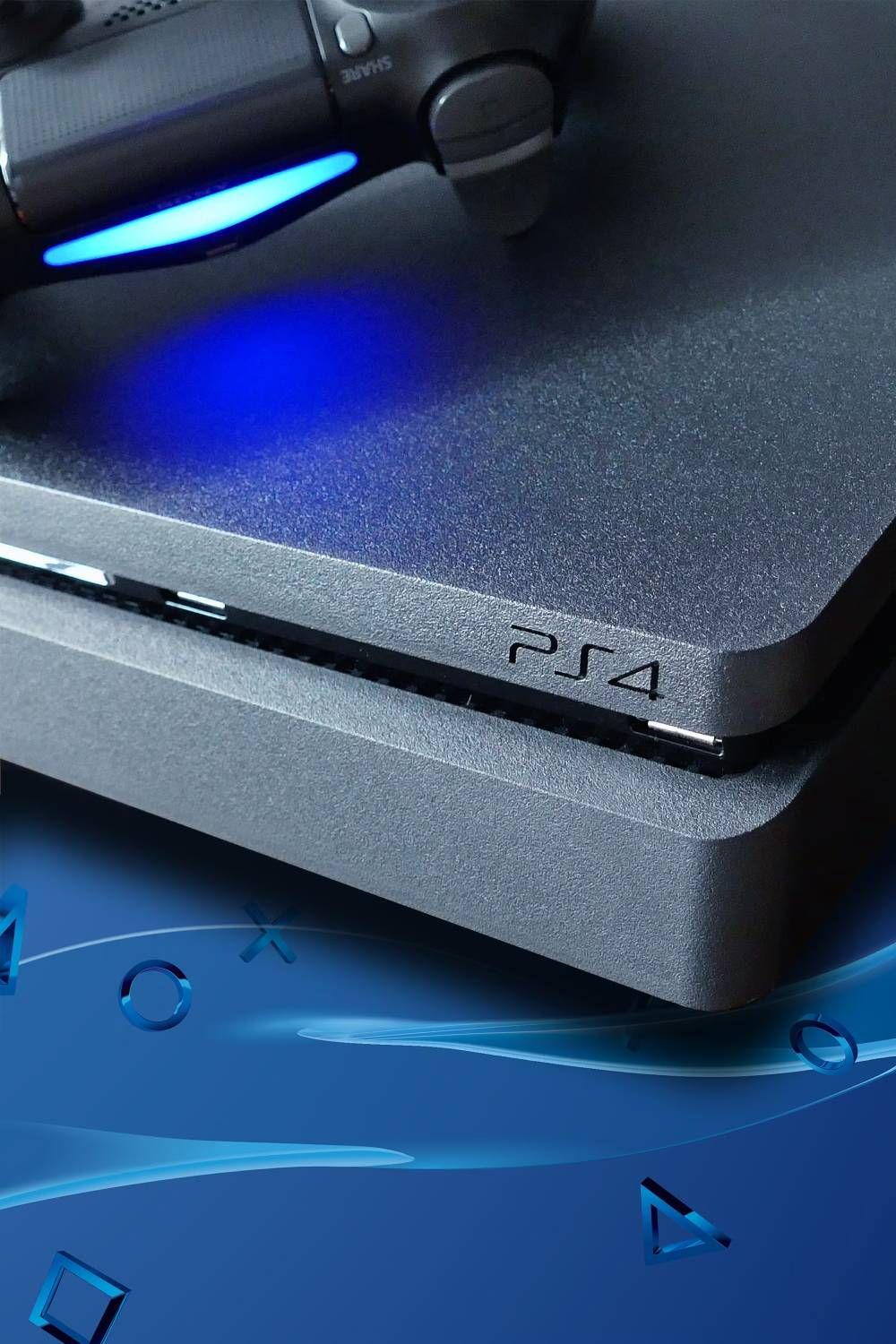
PlayStation 4
3 The PlayStation 5 Is the Console for Today’s Hardcore Gaming
The PS5 Has Something for Everyone
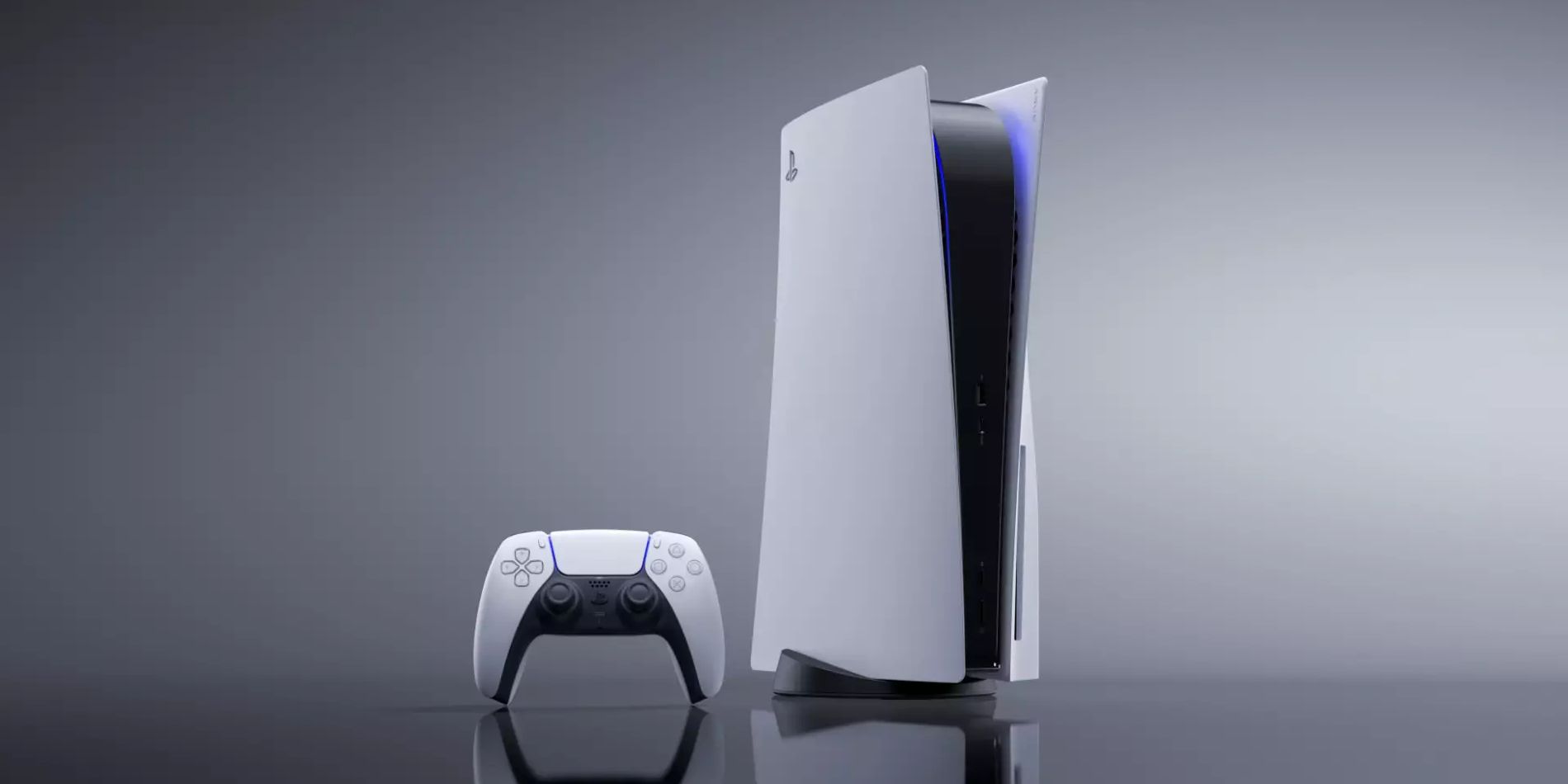
The PlayStation 5 is Sony’s fifth home video game console, their seventh overall, and their latest and arguably greatest system to date, with a strong emphasis on that claim. While its chief competitor, the Xbox Series X/S, benefits from Game Pass and slightly more powerful hardware, it lacks much of the flair and exclusivity that give the PlayStation 5 its distinct edge.
|
Console |
Launched |
Sales (Units) |
|
Sony PlayStation 5 |
Nov. 12, 2020 |
50 million |
To this end, many PlayStation 5 games are available fully on disc, unlike most Xbox Series X/S titles. Even for those with a digital-only PS5, Sony offers an accessory that allows disc playback, making it a more appealing long-term option compared to the Xbox Series X/S. Beyond that, the PS5 benefits from a sense of originality, with games like Astro Bot showcasing the platform’s unique strengths.
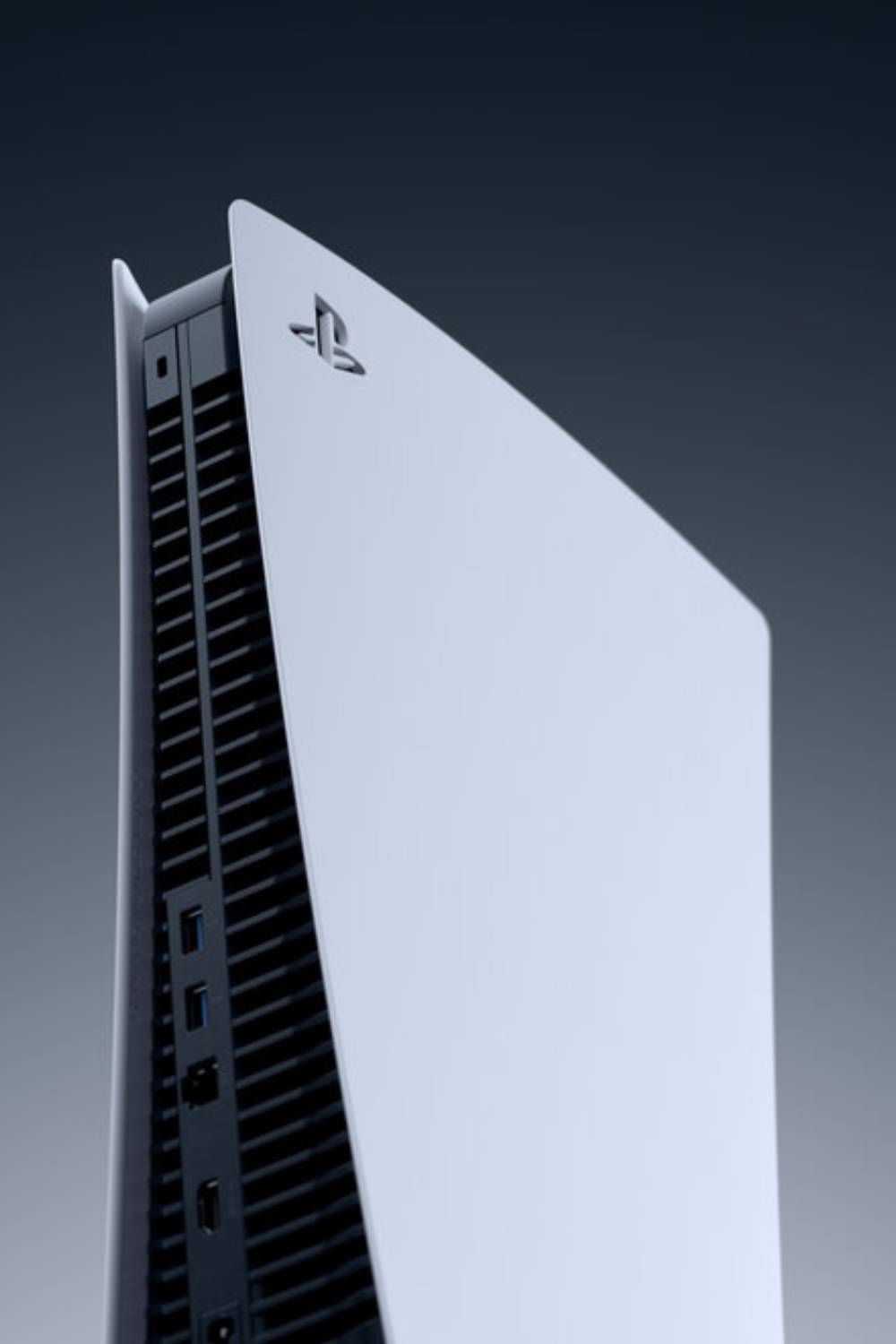
2 The Nintendo Switch Really Switched Things Up
Nintendo’s Successful Comeback Changed Gaming for the Better
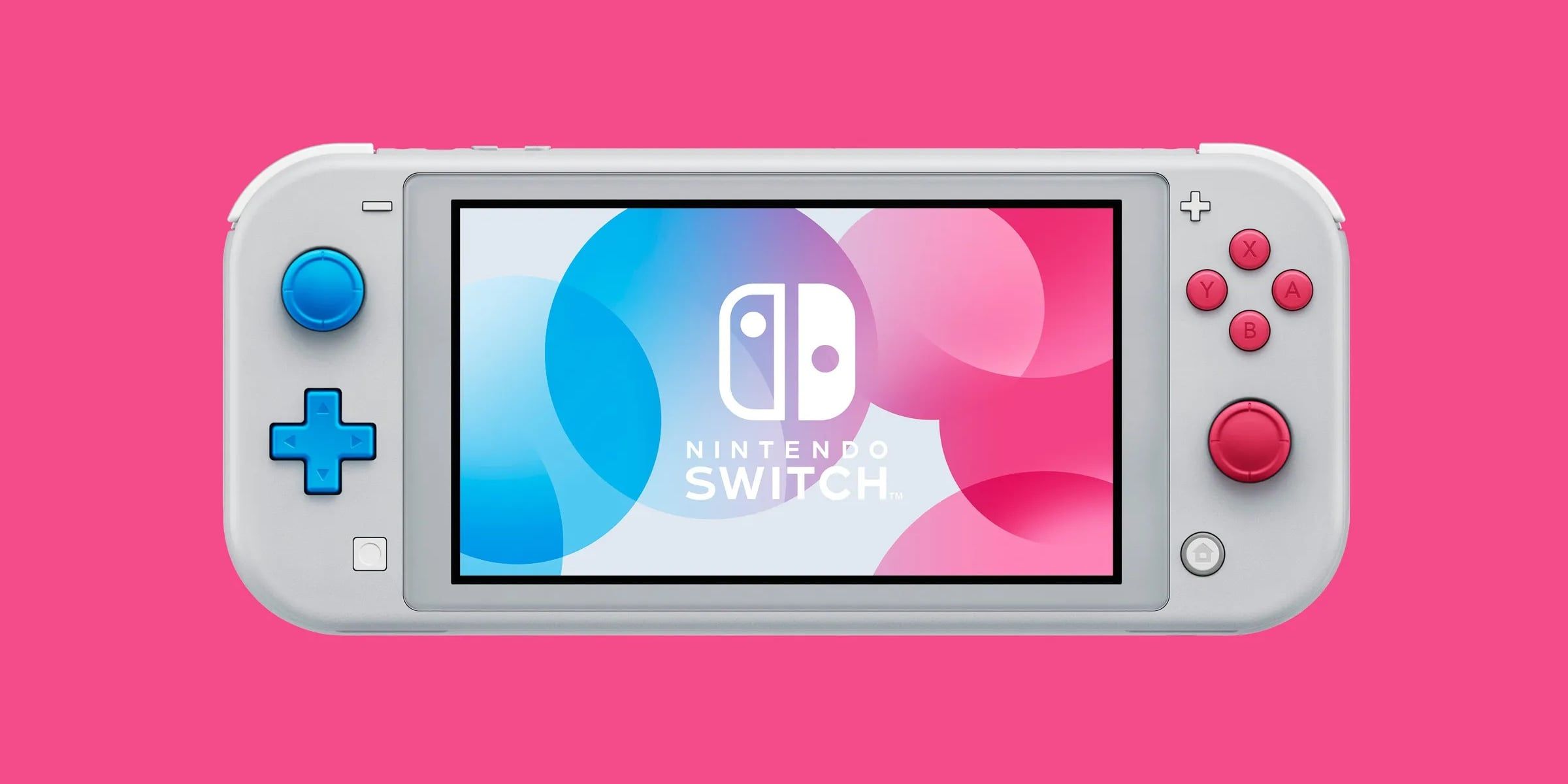
The Nintendo Switch marked a major comeback for Nintendo after the failure of the Wii U. It’s unique in that it’s a hybrid console that can be used in multiple ways. The Switch can be taken on the go and used as a handheld system or docked and played at home like a traditional home console. That flexibility has helped make the Switch a huge success.
|
Console |
Launched |
Sales (Units) |
|
Nintendo Switch |
March 3, 2017 |
152.13 million |
It helps that there’s no shortage of incredible Nintendo Switch games, many of which are exclusive to the console. Granted, truly original titles are fewer, with a notable portion being ports of older Wii U games. Nevertheless, remasters like Mario Kart 8 Deluxe and original titles like Super Mario Odyssey add significant value to the system.
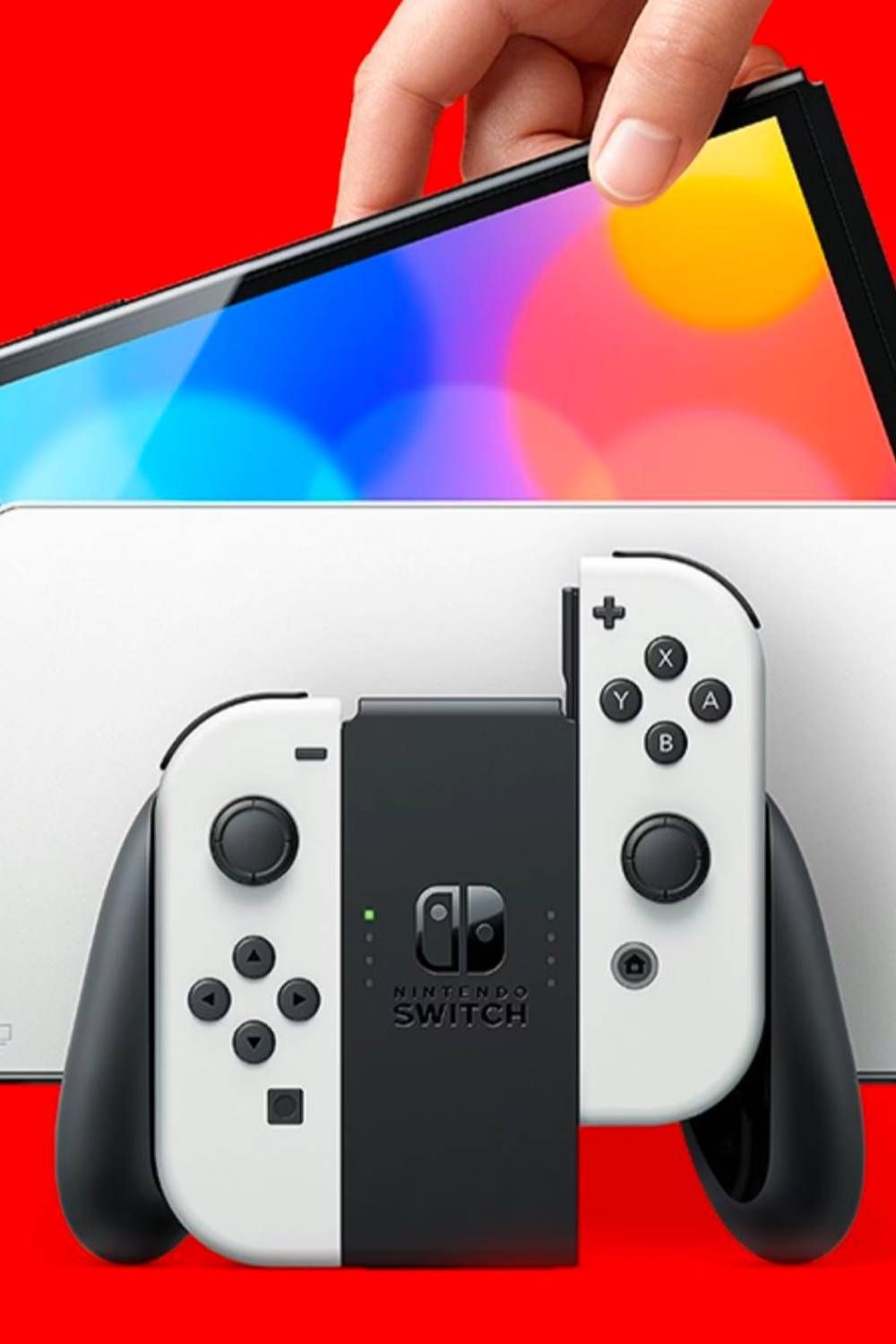
Nintendo Switch
1 The Nintendo Switch 2 Will Be the Best
Nintendo’s Latest Console Is Poised to be a Huge Success
|
Console |
Launched |
Sales (Units) |
|
Nintendo Switch 2 |
June 5, 2025 |
3.5 million |
The Nintendo Switch 2 is the latest and greatest entry in Nintendo’s long lineage of innovative video game consoles. At first glance, it may not seem like much, appearing as little more than a larger version of the original Switch. However, under the hood, the Switch 2 is significantly more powerful, with hardware that comes close to rivaling the PlayStation 5 and Xbox Series X/S.
Thanks to its upgraded hardware, the Switch 2 showcases Nintendo at its best, with titles like Mario Kart World and Donkey Kong Bananza standing out as original releases that fully take advantage of the system’s improved capabilities. Nintendo has also shown greater openness to third-party support than in previous generations, with even demanding games like Cyberpunk 2077 performing surprisingly well on the platform. It might be early, but it looks like the Switch 2 could become the best console in modern gaming.
